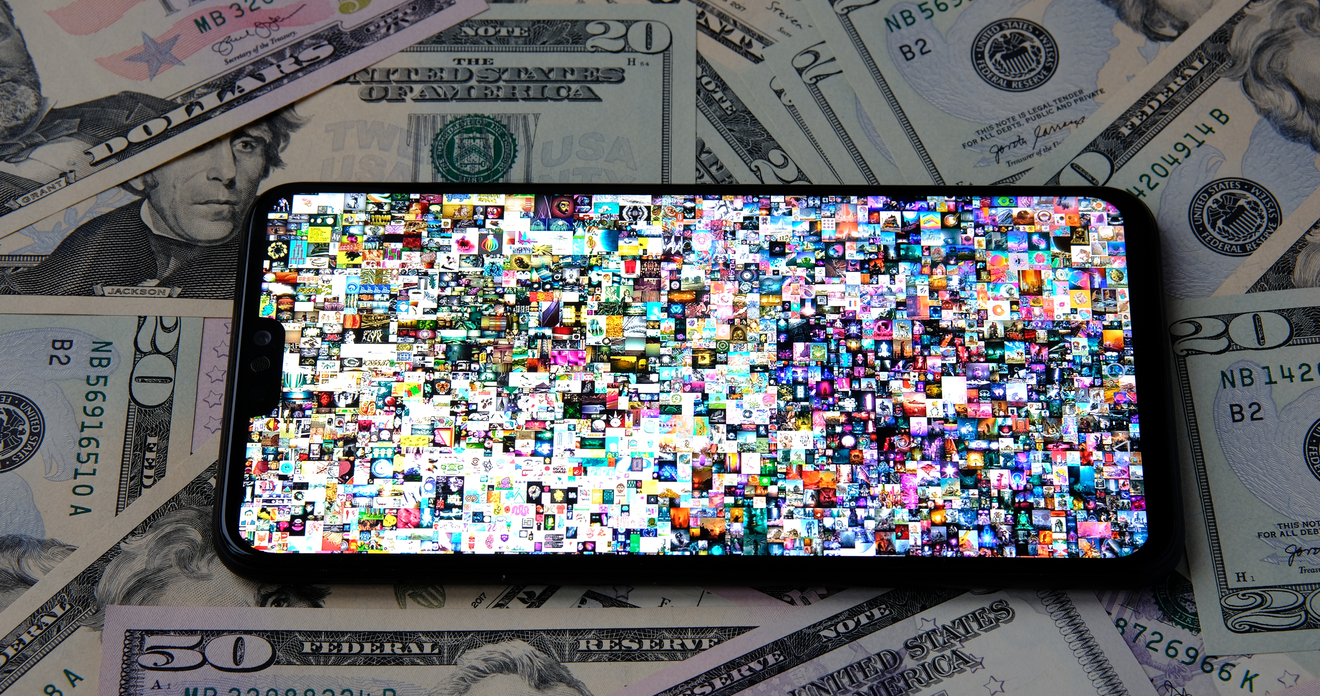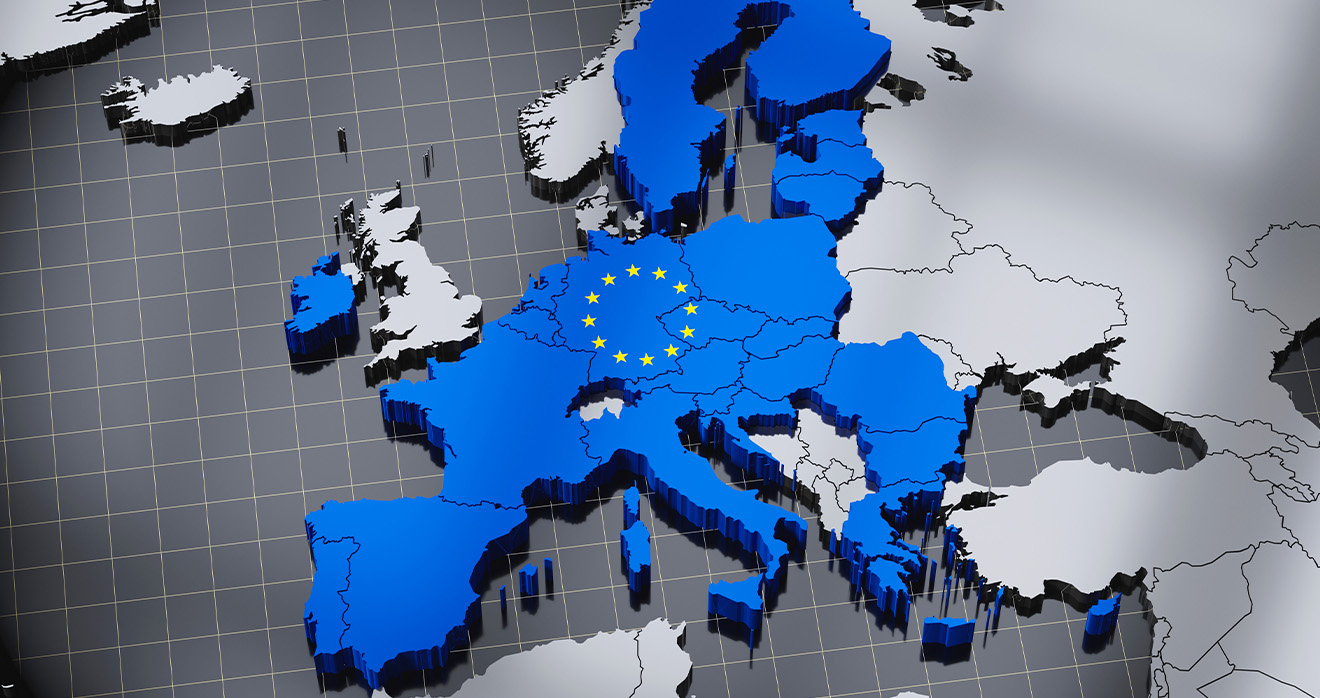What are NFTs? And why are they important?

Over the past year, and the last few months in particular, “non-fungible tokens” (also known as “NFTs”) have exploded in popularity.
NFT investors (including high-profile athletes and celebrities) have recently spent eye-watering amounts of cryptocurrency on NFTs. For example, in December 2021, the digital artist known as “Pak” sold his NFT artwork called “the Merge” for an equivalent sum of $91.8m USD, a record for an artwork sold publicly by a living artist. In January 2022, the footballer Neymar spent the equivalent of $1.1m USD to buy two NFTs of a cartoon ape. Later that month, pop star Justin Bieber did likewise, spending the equivalent of $1.29m USD for a cartoon ape of his own.
NFTs are not just affecting well-heeled celebrities. At grass roots level as well, more people than ever are now creating their own NFT collections, buying NFTs online and then “flipping” them for profit.
But, as NFTs are now rapidly being introduced to much wider audiences (via celebrity social media accounts, and recent trends in investments), and as businesses are becoming increasingly alert to the potential commercial applications of NFTs and the “blockchain” technology that underpins them, some basic questions still remain. What are NFTs? And why are they important? Our Dispute Resolution expert Jack Pestill provides the answers.
What are NFTs?
NFTs involve the acquisition and ownership of a digital asset (known as an “NFT”).
As a starting point, you might think of NFTs like the evolution of art collecting. In the past, people may have bought physical assets (such as expensive paintings) and hung them in their living room. More recently however, NFTs involve people buying digital assets (such as digital artworks, photographs or collectibles, bits of music, videos or GIFs, a moment from an athlete’s highlight reel, an online article, a selfie, a tweet or social media post, or even a digital representation of a unique physical asset). An immediate point to note, therefore, is that NFTs can take various digital forms.
NFTs are bought and sold in cryptocurrency (specifically Ethereum, which is a particular type of currency). The owner of the NFT is the owner of that particular digital asset. The NFT is stored in the owner’s cryptocurrency “wallet”, and can be flaunted by the owner (say online via social media) and/or resold (ideally for a higher price) through various NFT online marketplaces. Like other assets, the value of an NFT will fluctuate, depending on how popular that particular NFT or NFT collection is at the time, and other factors like the value of Ethereum.
Each NFT is underpinned by a contract, which confirms ownership of the NFT and may confer other rights or benefits on the holder and/or the creator of the NFT. Ownership of the NFT (and the other terms of the underlying contract) are registered through the Ethereum “blockchain” (which is a public record of all Ethereum transactions, including all previous transactions in relation to that specific NFT). There is a unique identifier stored in the metadata of every NFT, which is recorded in the blockchain ledger and protects the uniqueness of the NFT.
In theory at least, it should be harder for NFTs to be stolen and then flipped, as the record of all transactions appears in the Ethereum blockchain. However, the largest online NFT marketplace (namely Opensea) recently made headlines when its security was compromised by hackers, who used glitches in the website to acquire expensive NFTs by reference to their earlier (and lower) price listings.
Okay, so let’s say you want to create an NFT collection. For example, let’s say you have some digital photographs and want to turn them into an NFT collection and sell them. What do you do? You buy some Ethereum cryptocurrency (say through Coinbase). You download a cryptocurrency “wallet” (say via Metamask) that can be used to store my cryptocurrency and my NFTs. You then register with one of the online NFT marketplaces (say Opensea). Through that NFT site you then upload your photograph collection and go through a process called “minting” (which involves turning each digital asset into an NFT, by finalising the terms of the underlying contract and registering it on the Ethereum blockchain). A fee is typically paid (known as a “gas fee”) whenever an NFT is minted, or subsequently bought or sold, which reflects the costs of the Ethereum computer network updating the blockchain. Once your photo is “minted” you have an NFT of that photo. The same process is used to “mint” other kinds of digital assets, and turn them into NFTs.
So there we have it:
- An “NFT” is an abbreviated name for a “non-fungible token”.
- It is a “token” in the sense that it is a digital asset registered on the (Ethereum) blockchain.
- It is “non-fungible” in the sense that the token does not have an exact like-for-like replacement. Whereas 1 unit of Ethereum currency (for example) is “fungible” in that it can be exchanged for another identical unit of Ethereum currency, an NFT is “non-fungible” in that the token is unique and does not have a like-for-like replacement. One NFT will be different to all other NFTs, not just in terms of its appearance and/or number in a collection, but by reference to its metadata and existence on the blockchain.
Why are NFTs important?
It is clear that NFTs are quickly gaining popularity as a vehicle for financial investments. An NFT provides a way of holding cryptocurrency (specifically Ethereum) in the form of a digital asset. Like using money to buy physical property (say real estate), an NFT has investment potential in that it might increase in value quicker and more significantly than an equivalent holding in cryptocurrency.
NFTs can also be used as collateral when seeking to obtain cryptocurrency loans (much like you might use your house as collateral when seeking a loan from a bank), or to represent more complex financial products (such as insurance, bonds or options) that can be traded on secondary markets.
But this is just the tip of the iceberg...
More broadly, the popularity of NFTs reflects the increasing focus on digital assets in an increasingly digital world. There is huge focus and investment on the development of the “metaverse”, which is the network of interactive virtual worlds that people can access online. Websites (such as Sandbox) are presently selling plots of land in the “metaverse” as NFTs (so that you can create your own home or store in that virtual world). It is anticipated that, with the increasing sophistication and popularity of the “metaverse”, digital assets (and specifically NFTs) will play an increasingly vital role.
NFTs will also play a major role in the evolution of advertising and marketing. Major brands (say Nike) are likely to start trialling products (say a new pair of trainers) in digital form rather than physical form, given that it is much quicker and cheaper to create a digital image of a product. The popularity (or not) of such digital assets as NFTs will enable a brand to decide whether a digital product should be manufactured in physical form, providing invaluable insights into consumer behaviour and generating hype for a physical collection of products before they are even manufactured.
Another incredibly important aspect of NFTs is the contract and “blockchain” technology that underpins them. The fact that a contract underpins an NFT, and that the terms of that contract can therefore confer specific benefits on the owner of the NFT and/or its creator, has huge commercial application. Let’s take an example. Recently, the American music festival “Coachella” announced that it would be auctioning a limited collection of NFTs that specify (in the underlying contracts) that owners are entitled to lifetime access to the festival, VIP privileges and other special perks. This is good for the NFT owner (ie the buyer), but also for the creator (ie Coachella). From the NFT owner’s perspective: The terms of the contract confer specific benefits which they can enjoy, whilst also making the NFT more desirable and valuable for the purposes of resale. From the NFT creator’s perspective: Coachella can market its brand and auction off expensive NFTs, but the underlying contracts can also specify that Coachella is paid a royalty fee every time that its NFT is subsequently sold to someone else.
It is anticipated that, in the next few years, businesses will make increasing use of NFTs, as a fundamental part of advertising and marketing, fee-generation and wider business models. Blockchain technology (which involves a public register of all transactions in relation to a particular currency, including a particular asset) is with us for the long term. NFTs (and their related consumer behaviour) are an exciting and progressive development in that space, with huge commercial application.
Our firm remains excited by these ongoing developments, and the implications they are likely to have for our clients and their businesses, now and in the future.











